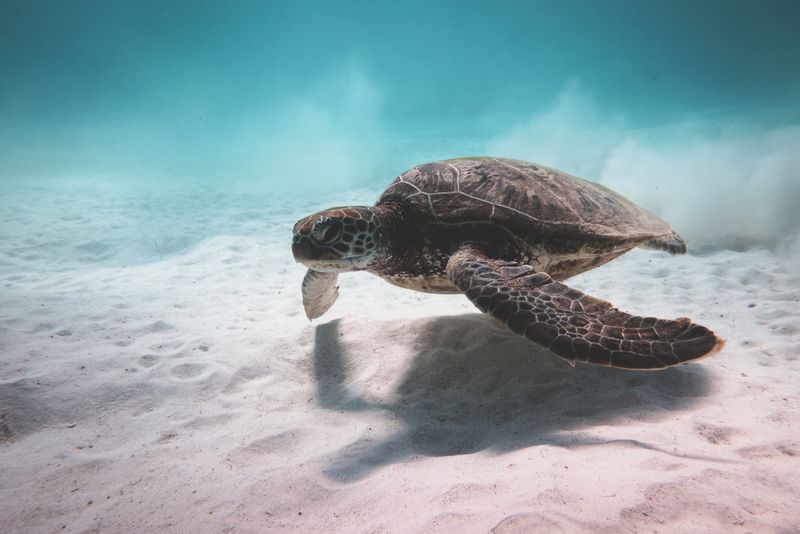Table of Contents
Disproportionate Impacts of Climate Crisis on the LGBTQIA2S+ Community
The climate crisis is affecting everyone on this planet, but marginalized groups, including LGBTQIA2S+ individuals, are experiencing disproportionate impacts. These groups are more likely to experience poverty, discrimination, and violence, which in turn limits their ability to access resources and adapt to the changing environmental and societal conditions on our warming planet.
The Overlap between the Climate Movement and the Queer Movement
It is essential to understand the interconnectedness of the climate and queer movements. LGBTQIA2S+ individuals are often forced to leave their homes due to family conflicts, threats of abuse or actual violence, leading to homelessness, and moves to segregated locations to reduce the risk of discrimination and harassment from neighbors and landlords. These areas are often the most polluted, causing many long-term health issues and increasing their vulnerability to natural disasters.
Furthermore, climate change exacerbates the pre-existing inequalities found in society such as housing and medical care, leading to trans and queer people being disproportionately affected during climate disasters and by the wider effects of climate breakdown on society.
LGBTQIA2S+ People Excluded from Disaster Relief
Research shows that LGBTQIA2S+ individuals have a higher risk of experiencing homelessness, and homeless people and those with inadequate housing are the most affected by natural disasters and polluted air. During Hurricane Katrina, trans people faced discrimination and were turned away from emergency shelters, and the ones who did get in faced discrimination. Another example of this discrimination is found in India in 2004 when the Indian Ocean tsunami took place. The Aravanis, a group of people who do not identify as either male or female, were excluded from temporary shelters and official death records.
In times of disaster, privilege works, and these examples show the interconnectedness of the queer movement and the climate movement and the need to work together to do what’s right for all people and the planet we call our home.
Greenpeace’s Work for Nature and the LGBTQIA2S+ Community
Greenpeace focuses on the interconnectedness of people and nature, fighting for the planet and every single person, no matter their gender or ethnicity or whom they choose to love. The rainbow flag was even made with that idea in mind, as the green stands for ‘nature.’
Conclusion
The disproportionate impact of climate change on the LGBTQIA2S+ community highlights the need for environmental justice and social equality. Intersectionality needs to be at the core of the climate movement, and we need to work together to achieve climate justice for all.

<< photo by Lachlan Ross >>